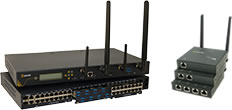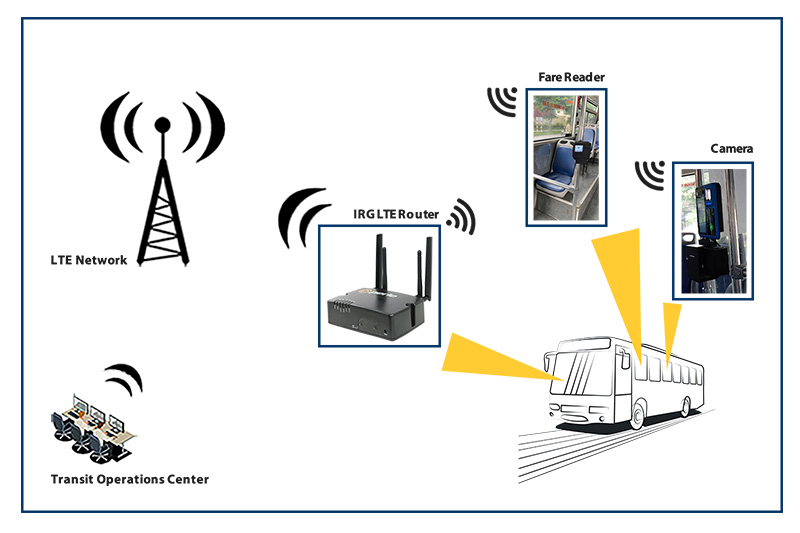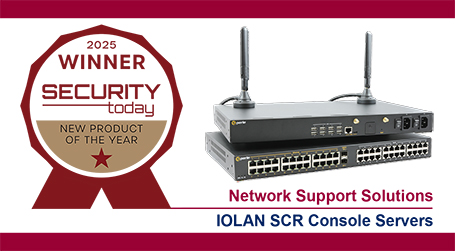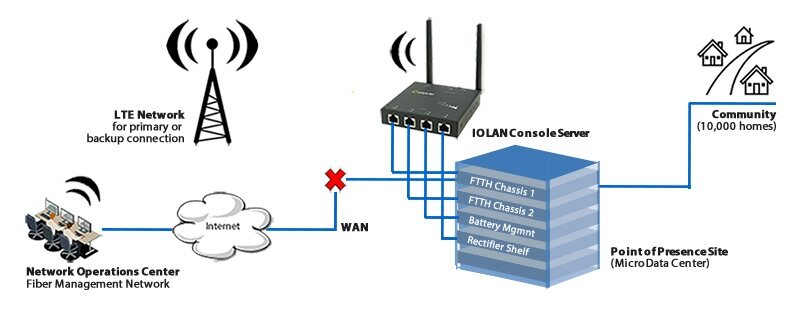
Point-to-point cabling can present data center problems
By Max BurkhalterMarch 2, 2012
Once the de facto method of enabling connectivity between servers and storage, switches and servers and other data center equipment, point-to-point cabling slipped into irrelevance when more organizations turned to standards-based structured cabling. However, the rapid rise of end-of-rack and top-of-rack equipment mounting options are creating new demand for point-to-point cabling, an issue that could create problems for data center managers, CIO magazine reported.
Proponents of point-to-point cabling claim that the setup will actually necessitate the use of fewer wires within the data center, as the practice provides a direct connection between key devices within a server rack or cabinet. However, the news source said that the eventual reconfiguration of data center equipment, which is bound to happen as new servers and other systems are introduced, will create major problems.
When the reconfiguration happens, P2P systems can be incredibly difficult to adjust, require more cabling and, in many cases, force organizations to revert back to structured cabling setups. This can lead to significant downtime as the data center configuration needs to be revised to support the change in the cabling system. A live switch is possible, but adds another level of challenges that can be avoided by sticking with structured cabling.
While investing in new top-of-rack and end-of-rack equipment may be important, using P2P cabling can create too many problems. The report said organizations can overcome this challenge by using an any-to-all solution. This setup allows data center managers to extend their structured cabling setup using copper patch or fiber panel equipment to connect specific panels within a cabinet or rack with a corresponding panel in a central patching area. Then fiber jumpers or copper patch cords can be used to connect almost any piece of equipment to the rack or cabinet of choice without altering the structured cabling system.
Cabling is among the most important considerations for organizations managing a data center, and investing in the right technologies to enable flexibility and optimal performance is key. To do this, businesses may want to consider investments in fiber-to-Ethernet converters that allow them to seamlessly integrate both optical and copper cabling infrastructure. This allows data center operators to choose the most cost-effective solution to meet performance needs for any aspect of the data center instead of restricting themselves to either optical or copper in specific areas.
Perle’s wide range of 1 to 48 port Perle Console Servers provide data center managers and network administrators with secure remote management of any device with a serial console port. Plus, they are the only truly fault tolerant Console Servers on the market with the advanced security functionality needed to easily perform secure remote data center management and out-of-band management of IT assets from anywhere in the world.



